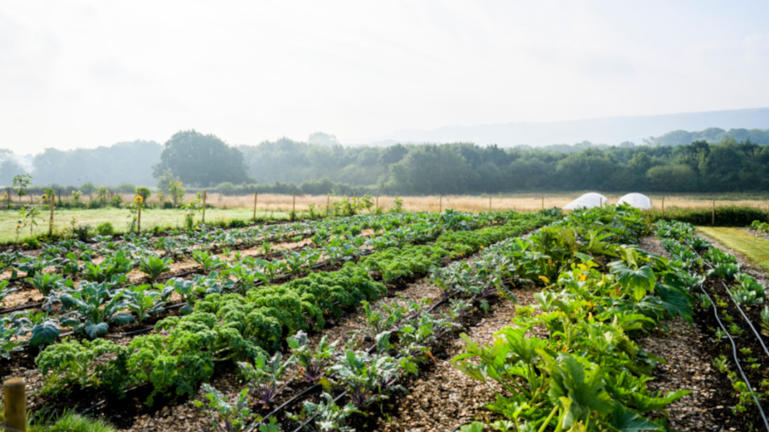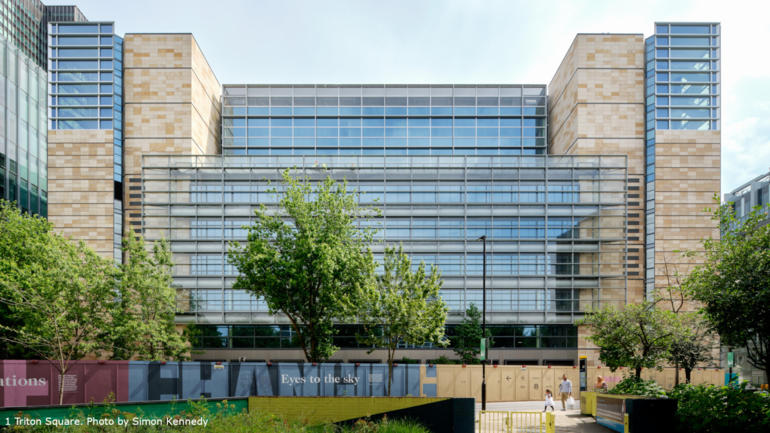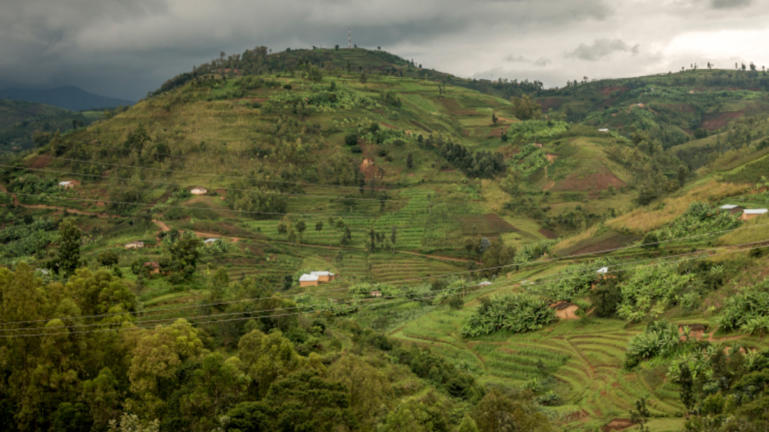The term “nature-positive” is rapidly emerging as a rallying call, “a north star”, to guide action and to transform business. The recently published paper: A Nature-Positive World: The Global Goal for Nature, set out three measurable temporal objectives: Zero Net Loss of Nature from 2020, Net Positive by 2030, and Full Recovery by 2050. But what does this mean for business?
Well established approaches such as the Natural Capital Protocol and the mitigation hierarchy have helped business to assess and prioritize actions. Emerging approaches like the Science Based Targets for Nature and the Task force for Nature-related Financial Disclosures (TNFD) will improve and standardize the way business measures, reports and discloses on nature. With the nature positive building blocks, we aim to break down the key concepts of Nature Positive that have been surfaced in key publications over the years and translate them into clear steps that help companies to readily and simply understand what constitutes “nature positive” in order to put in place the foundational pieces of roadmaps that guide the application of these tools and others across value chains.
In July 2021, WBCSD convened the first two of three dialogue sessions on Shaping building blocks for business contribution to nature-positive value chains. These dialogues bring together a diverse group of 60 stakeholders representing different disciplines, sectors, and value chains to create a shared understanding of the building blocks to guide credible and coherent business contributions to a nature-positive as well as net-zero, equitable world. Whilst the focus of the dialogues is on business contributions to nature positive, the process is multi-stakeholder, to ensure that a diversity of views and experiences are shared. The main purpose of the first two sessions was to get as much as possible on the table – what needs to be surfaced, what do we need to address and, within that, identify key items of convergence and divergence – to contribute to the building blocks.
Converging around four building blocks
Regarding convergence the dialogues revealed a need to build on previous and ongoing efforts that respond to impacts and dependencies on nature. Either for specific ecosystems (e.g. forests or freshwater) or for biodiversity, what is missing is a holistic approach to nature that captures living and non-living aspects of the system that can be translated to business strategy. We need to move beyond an approach of ‘doing less harm’ and towards stopping the loss of nature and putting back more than we take. This means applying the mitigation hierarchy (avoid, reduce, restore and regenerate) across different scales, from site-level to systems-level, including along the value-chain.
There are still gaps regarding guidance and tools on some key issues, especially where they relate to newer areas around restoration and regenerative systems. In such a complex space, identifying the most appropriate metrics, baseline values and targets can be challenging, particularly when looking across sectors and geographies. The work of the Science Based Targets Network will go some way to addressing this. In the meantime, business needs to set themselves up with aspirational goals, backed up with assessments of their main impacts and dependencies, robust targets and an agile approach to making progress. If a Nature Positive world by 2030 is the collective end goal, business need to then be realistic and honest about their strategy and roadmaps to provide coherent and robust contributions.
Finally, the dialogue participants shared a fundamental understanding that what we do for nature should be aligned with climate action and contribute to positive social outcomes. The interdependencies of nature and climate mean we have much to gain when we tackle these two issues together, as recently highlighted in the recent report from IPCC-IPBES on biodiversity and climate change.
These two dialogues will be followed by a consultation period to further refine areas of alignment to focus on implementation at the third dialogue in late August. This process comes at a critical time as we move into significant global gatherings on nature and climate where business ambition needs to clearly demonstrate its contribution. By being clearer on the “what” around nature positive, with the emerging building blocks and the future roadmap developments, we aim to put forward a clear and coherent collective response from business to contribute to an equitable, net zero, nature positive world.








